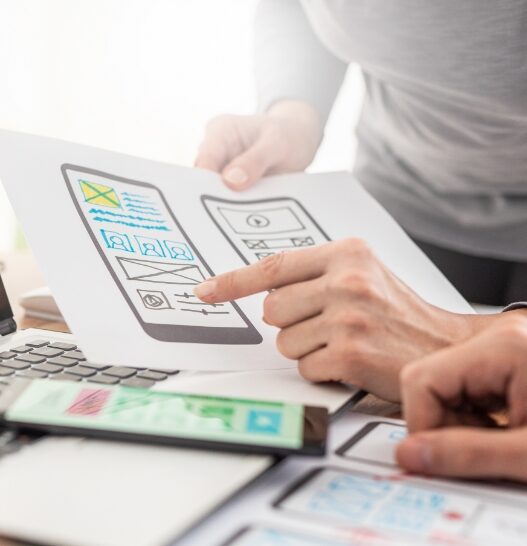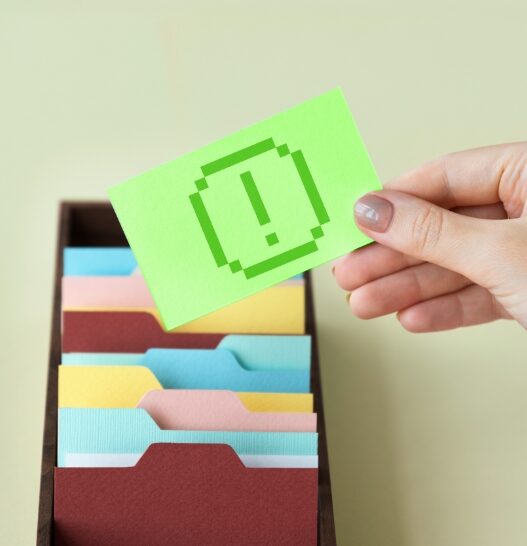Most developers now agree that usability is an important factor for the success of a product. The extent to which usability is taken into account depends, of course, on the developer’s own previous knowledge, corporate strategy and (time) budget. Nevertheless, it is now widely recognized that it is not enough to keep adding new functions and hoping that the user will somehow get along with them.
And it’s the same with user experience. Even if the term is not yet so firmly established and widespread, most developers agree that their product should not only avoid frustration, but in the best case scenario should also be fun to use and the user should enthusiastically recommend the product to others.
I am very pleased that by now the question is no longer asked at all, or only much seldom than ten years ago: And why do I need this? This shows that the work done in interest groups, product tests and universities has arrived in practice. But what has really hardly changed is the approach to considering usability and user experience in development.
It is still ingrained in many people’s minds that usability and user experience are things you do AFTER the actual product is developed. First the functions, the basis and so on, and then, at the end, we make it simple and nice. But that’s not how usability works and that’s not how user experience works. In most cases, this approach only achieves that the resulting user interface, which is difficult to use, is beautiful and colorful. From the user’s point of view, nothing is gained and both usability and user experience remain poor. Adding usability to a finished product is only successful in the seldom cases. Usability and user experience have to be considered consequently – best from the product idea and therefore BEFORE the first line of code (why this approach can also save costs, I will describe in the next article; published here).
How can you think about usability and user experience right from the start? In the meantime, a multitude of methods for this can be found in the literature. A research showed that at the beginning of last year there were even more than 200 different methods you can use to make your products better. But here is the next problem: No practitioner has the time (and maybe not the desire) to read through, understand and try out 200 different methods. As a result, two things can happen: 1. You have already read a bit about usability and don’t use any additional method at all. After all, you know what you’re doing and the result will be right. Or 2. you keep using the same two, three or four methods that you learned and tried out at some point.
In the first case, the result will seldom be as good as when you have really used usability methods. Of course, success increases with your experience, but the main insight remains: you are not a user and nothing and nobody is able to permanently replace the feedback of “real” users. If users are not actively involved in the design, then they should at least be actively thought about. Here, too, there are methods that help to consider the “real” user and not just your idea of the user.
In the second case, the path is very promising and the chances increase to save costs through better concepts. But even here, potential is given away. Finally, there is a reason why there are not two, three or four methods but 200. The questions you are confronted with in development are on the one hand always similar (Where should I arrange elements? How should I name functions? Is the interaction flow understandable for my user? Is the design appealing?), but the timing, scale, and desired response can vary greatly with the development goal. Here it is elementary to find the right approach to get an answer that really helps in the end.
Our interest is to see many good and successful products on the market. To see users experiencing fun and excitement for products where that would have been unthinkable just a few years ago. That’s why we want it to be easier for all developers to choose THE right method (even if it will seldom be one alone, but mostly a combination of several) for their problem. For this purpose we have selected 30 usability and user experience methods based on our experience of the last years and integrated them into a method assistant. The method assistant allows you to select the question that comes closest to your own question from a list of questions. Subsequently, the methods from our selection are displayed that are suitable to answer the question. It is then possible to compare up to three of the methods with each other. For each of the methods, there is also an information page that summarizes the most important information. Even though the method wizard only shows a selection of the available methods, the selection we have made covers a wide range of different questions. I hope that the method assistant helps you to find a method for your question and gives you a first incentive to make your products even better. Have fun!
Link to the method assistant:
To the method assistant
Image source: Marco2811 / Fotolia.com



